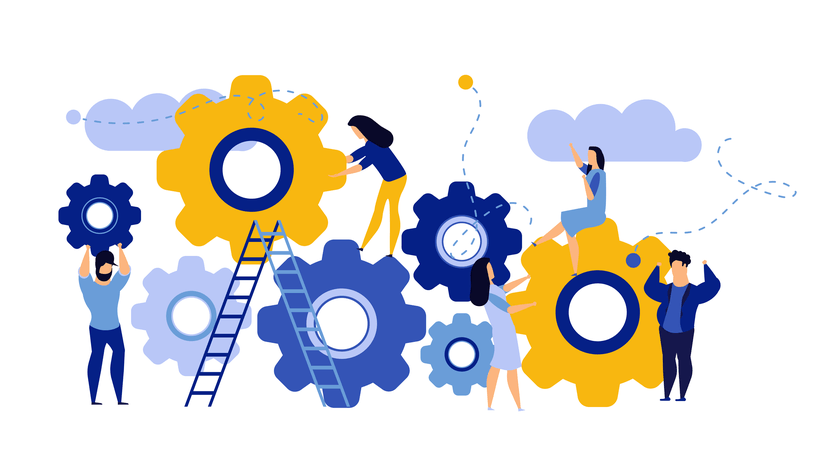Upskilling And Reskilling Program Development Tips
Is your organization seeking strategies to update training programs in a way that bridges employee skills gaps, effectively manages change, and makes the most of your training investment?
Currently, studies are showing that the development of effective upskilling and reskilling programs is top-of-mind for many major companies. Training is a perennially valuable investment in a world of changing markets, talent management needs, and the ongoing integration of new technology and processes. But many Learning and Development professionals find it challenging to build and update training programs knowing that change is coming. The question becomes, how do we design and develop training in a way that maximizes ROI and remains viable into the future?
Challenges To Develop Effective Training Programs
The same studies that show organizations are looking to update training also show that the challenges to developing those programs include:
- Lack of people, time, and financial resources
- Uncertainty about which skills their employees will need
- Lack of ability to measure learning outcomes effectively
- Current learning content is outdated
- Need strategies to address skills gaps with current training options available
Fortunately, there are proven methods that may be used to address the challenges and build effective learning and training programs for the future. The same Instructional Design principles that have guided us continue to be relevant and hold insights for the future of learning—no matter what the market conditions may bring. By prioritizing the learner experience and using proven strategies, you can get ahead of the curve.
Upskilling And Reskilling Programs That Go The Distance
The following 3 steps should help your program to lay the foundation to create successful training programs that engage employees and are effective long-term.
Step 1: Create The Frameworks For Learning That Work For Your Organization
Rather than strictly identifying skills, put processes in place to identify which processes work best for your learners. The idea is to align goals with activities and motivate your team. It’s important to also integrate assessments into your program to determine skillsets needed, progress made, and areas for improvement. Those processes should solicit and make use of both feedback and formal pre- and post-learning assessments.
Step 2: Develop And Use An Iterative Process
It can often seem that the design and development of training must be a long, slow process. But it doesn’t have to be that way. Instead of taking your learning program from start to finish before ever making use of it, you can plan to create versions of your content that can be used, updated, and refined based on user and Subject Matter Expert feedback. An iterative process, in which you update versions of your content based on need, gets your learners into the process earlier. It increases productivity, creates opportunities to scale and customize content, and maximizes your ROI.
Step 3: Develop A Leadership Pipeline
When your program does a good job of training managers, the impacts are greater than the sum of their parts. For example, you develop employees that can in turn transmit new skills to others. Moreover, good leadership training and development is a key strategy in succession planning—key for weathering change initiatives. Further, when you provide opportunities for employee development, you increase motivation and buy-in, which in turn improves productivity and increases retention.
Bonus Tip
If your organization needs help to link performance behaviors with outcomes, could use expertise in the development of a skills matrix for training, or could use measurement strategies, it’s worth bringing in experts to help with those processes. These are vital skills to plan your learning content updates and any new training development. It could be worth bringing in a consultant to provide a needs analysis and make recommendations based on your LMS for technology updates.
Conclusion
Upskilling and reskilling program development is an important strategy for change management. You can sidestep the inherent challenges created by uncertainty and lack of resources by creating good foundations for any needed training program updates. You can use these processes to plan your onboarding, leadership, and corporate training programs as well. Make sure to identify frameworks that make sense for your organization, use an iterative process of design and development to maintain agility, and train your leadership as a first-line strategy for maximum results.









